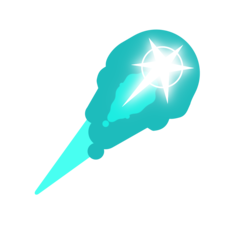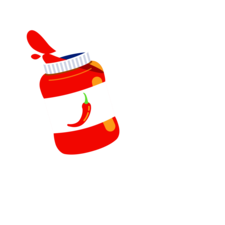Install Steam
login
|
language
简体中文 (Simplified Chinese)
繁體中文 (Traditional Chinese)
日本語 (Japanese)
한국어 (Korean)
ไทย (Thai)
Български (Bulgarian)
Čeština (Czech)
Dansk (Danish)
Deutsch (German)
Español - España (Spanish - Spain)
Español - Latinoamérica (Spanish - Latin America)
Ελληνικά (Greek)
Français (French)
Italiano (Italian)
Bahasa Indonesia (Indonesian)
Magyar (Hungarian)
Nederlands (Dutch)
Norsk (Norwegian)
Polski (Polish)
Português (Portuguese - Portugal)
Português - Brasil (Portuguese - Brazil)
Română (Romanian)
Русский (Russian)
Suomi (Finnish)
Svenska (Swedish)
Türkçe (Turkish)
Tiếng Việt (Vietnamese)
Українська (Ukrainian)
Report a translation problem































Here's what I tried last:
PropBool {G:BuildAndRepairGroup1} {GrindJanitorOptionDisableOnly} {Disable Only} {Yes} {No}
PropBool {G:BuildAndRepairGroup1} {ShowAreaOnOff} {Show Area} {On} {Off}
PropBool {G:BuildAndRepairGroup1} {OnOff} {B&R Grinders} {Online} {Offline}
PropBool {G:Projectors} {ShowOnlyBuildable} {Projectors show} {Only Buildable} {All Blocks}
(The last 2 lines work fine, it's the first 2 lines I'm having problems with)
Any help will be GREATLY appreciated!!!
Working {Assault Cannon Turret -} assaultcannonturret:on
Working {Artillery Turret -} artilleryturret:on
These doesn't work. what are their names?
Is there a way to display Inventory or InvList as a bar, similar to TanksBar? I want JUST the bar, not numbers or labels. Is this possible?
any idea what the name of assault cannon and artillery cannon is?
the program keeps guessing its industrial assemblers LoL
Hope this helps